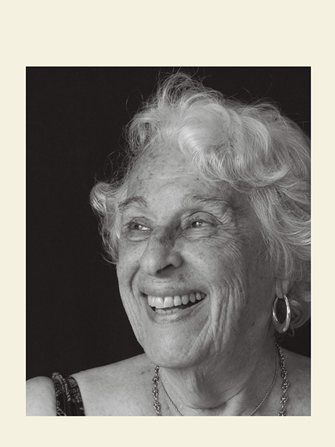The Power of Partnerships
There is no one-size-fits-all template for a successful partnership. Organizations join forces to work toward a common goal for almost as many reasons as there are potential partners. But at the most basic level, it comes down to aggregating resources—money, experience, relationships, intellectual capital, and more—to move a project or issue forward.
Fact: According to the Foundation Center, just 2 percent of all private philanthropic dollars go to fund programs that serve older adults.
Most times, but not always, funding is involved. The number of private funders in the aging and health space has always been relatively small. The aging field accounts for just 2 percent of all foundation funding. That has made pooling money a critical factor in launching and sustaining worthy projects and programs. There are three general categories of funding partnerships that the John A. Hartford Foundation has engaged in through the years. They are:
Co-funding: This is usually the most straightforward, in which Hartford has joined with government agencies, foundations, or organizations to support a project. The partnership may begin at the conception, birth, or a later stage of a project’s development or operation.
Affinity Funding: In some cases, another organization may build on work done by the Hartford Foundation by funding its own program that extends the work in the same field. And in other cases, foundations may coordinate their efforts to invest in complementary programs in the same area.
Sustaining Funds: This occurs when another organization sustains existing Foundation projects or funds the adoption/adaptation of the model in other places.
Over the past decade, the Hartford Foundation has cultivated an important and effective partnership with the federal government. Working with such key agencies as the National Institute on Aging, the Administration for Community Living, and the U.S. Department of Veterans Affairs, the Foundation has collaborated with the government on such influential programs as the Paul B. Beeson Career  Development Awards in Aging Research, Project IMPACT, the Care Transitions Intervention, evidence-based health promotion and disease prevention programs, and the Hartford Partnership Program for Aging Education, among others. In turn, the federal government is now by far our biggest funding partner.
Development Awards in Aging Research, Project IMPACT, the Care Transitions Intervention, evidence-based health promotion and disease prevention programs, and the Hartford Partnership Program for Aging Education, among others. In turn, the federal government is now by far our biggest funding partner.
It bears repeating: 69 percent of the Foundation’s leveraged funding from 2000 through 2013 comes through government agencies. At the same time, the Hartford Foundation continues to work closely with long-time foundation and institutional allies, while also constantly seeking to find new partners to help in the important work to which we are dedicated: improving the health of older adults.